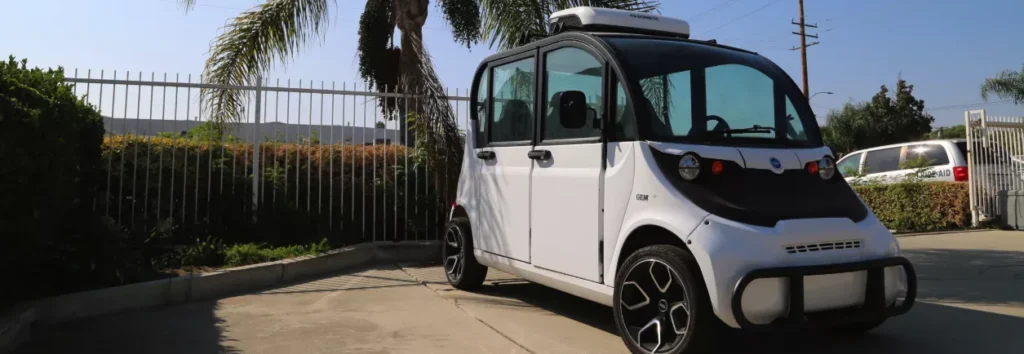










From EVs and batteries to autonomous vehicles and urban transport, we cover what actually matters. Delivered to your inbox weekly.
In a world-first, EHang has received regulatory clearance to operate commercial autonomous eVTOL (electric vertical take-off and landing) flights in China. For the first time ever, a fully autonomous passenger drone has been approved for commercial use.
The EH216-S, EHang’s flagship aircraft, is now cleared to carry paying passengers at designated sites in Guangzhou and Hefei. It marks a turning point for urban air mobility (UAM), moving from controlled tests and demonstrations into real-world operations. With this move, China takes the lead in a growing global race to bring drone-based air transport into everyday life.
EHang’s EH216-S aircraft, a fully autonomous two-seater eVTOL, has been granted Air Operator Certificates (AOCs) by the Civil Aviation Administration of China (CAAC). This is the first time any civil aviation authority has approved autonomous eVTOLs for commercial, human-carrying operations.
Two operators — EHang’s own subsidiary, Guangdong EHang General Aviation, and partner Hefei Heyi Aviation — have been cleared to offer services in Guangzhou and Hefei. The scope of operations is currently limited to designated airspace and includes aerial tourism, intra-park shuttle flights, and low-altitude passenger transport.
The first phase of operations is tightly controlled to reduce risk and build trust.
One early operations hub, Luogang Central Park in Hefei, includes:
This site serves as a model for scaled rollouts in other cities.

EHang’s certification didn’t come overnight. Over four years, the company logged more than 40,000 test flights and passed over 500 validation checkpoints. These included system redundancy, autonomous flight performance, emergency protocols, and extreme weather testing.
CAAC adapted its traditional aviation rules (CCAR-21) for this process, but is also developing a dedicated unmanned flight regulation framework (CCAR-92), signaling broader regulatory shifts in China toward autonomous flight systems.
EHang’s Q1 2025 results reflect the growing pains of bringing a new industry to life. Revenue fell 57.7% year-over-year to RMB26.1 million ($3.6 million), as customers held back orders awaiting AOC approvals. Despite that, gross margin remained strong at 62.4%—a sign the company has control over its production costs and pricing.
Production capacity is now scaling to meet expected demand: the Yunfu factory has doubled its size to 48,000 square meters, and a new facility is being built in Hefei to support the next-generation VT35 model and battery R&D.
EHang’s new VT35 aircraft aims for more than urban air mobility.
The VT35 is now undergoing certification, with use cases in regional logistics, medical transport, and inter-city travel.

While EHang leads in China, scaling internationally won’t be easy. U.S. and EU regulators continue to favor piloted eVTOLs, citing safety and infrastructure concerns. EHang is taking steps: testing aircraft in 18 countries, seeking European certification by 2026, and joining global aviation working groups to shape future regulations.
Meanwhile, domestic competitors like AutoFlight and Xpeng AeroHT are closing in, with similar aircraft models nearing certification. EHang’s head start on approvals gives it a temporary edge, but sustained R&D and international buy-in will be crucial.
EHang’s commercial launch is a turning point, not just for the company, but for the broader push toward UAM. The EH216-S represents more than a technical achievement: it’s a functional, regulated service now taking passengers through the skies of Chinese cities.
The challenge now is scaling up, moving from controlled test zones to full-scale operations across urban and regional networks. But for now, EHang holds the distinction of being the first to cross the commercial threshold. And that counts.